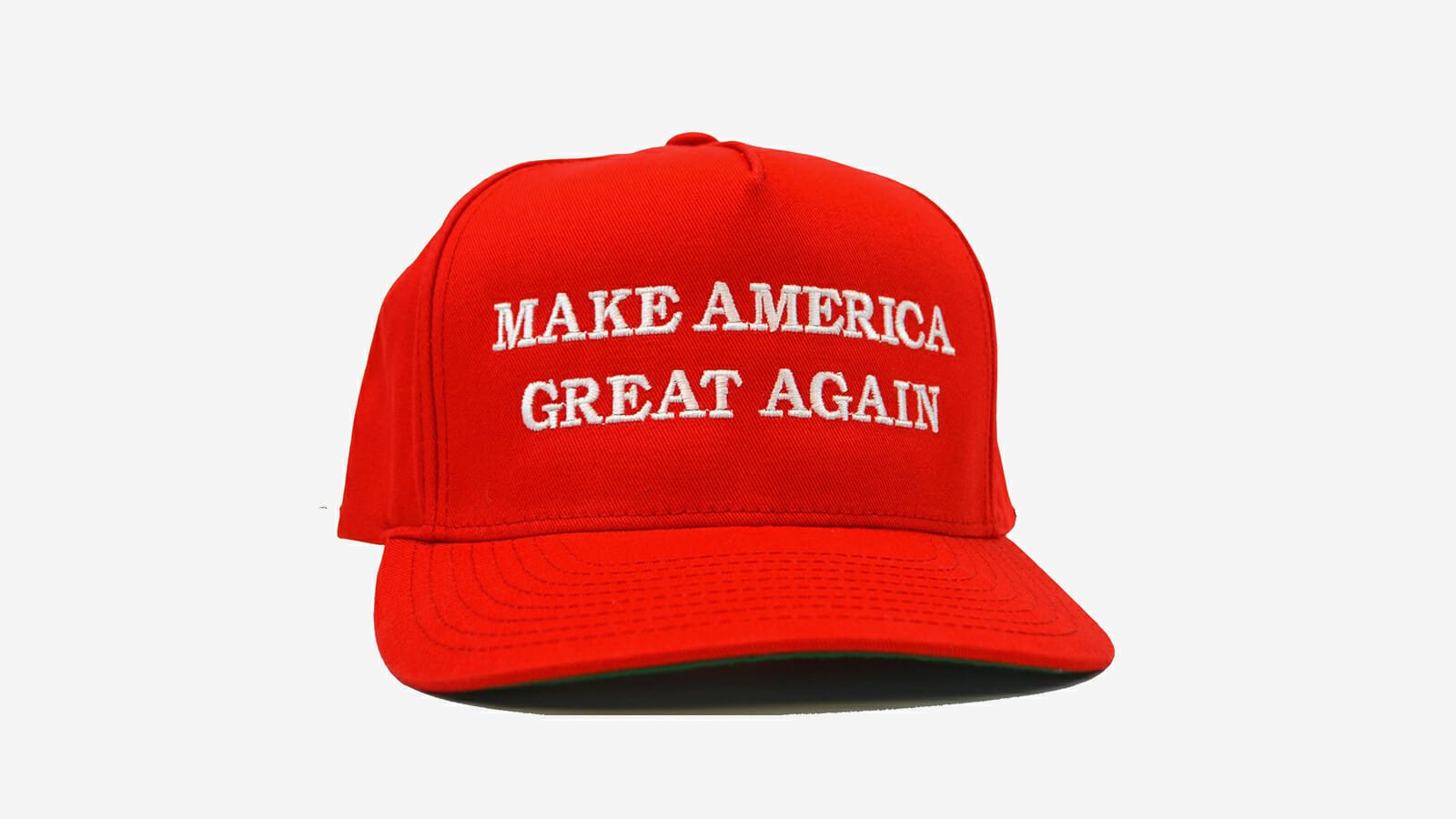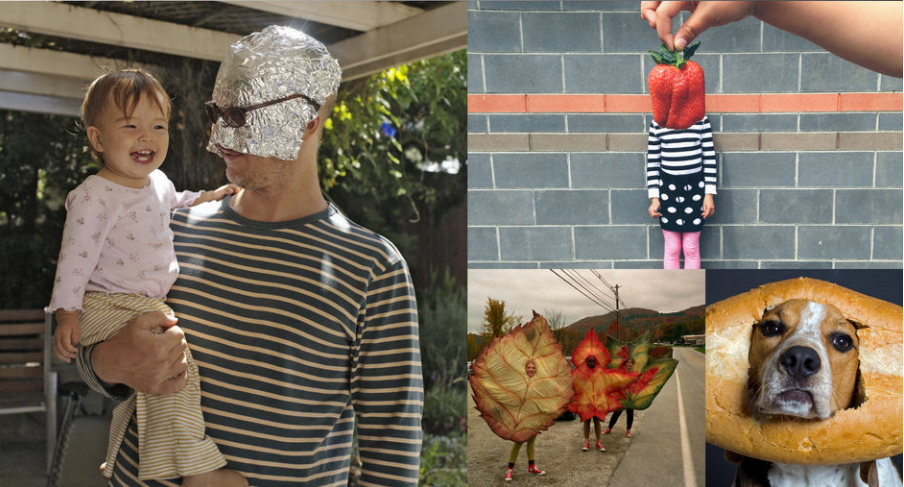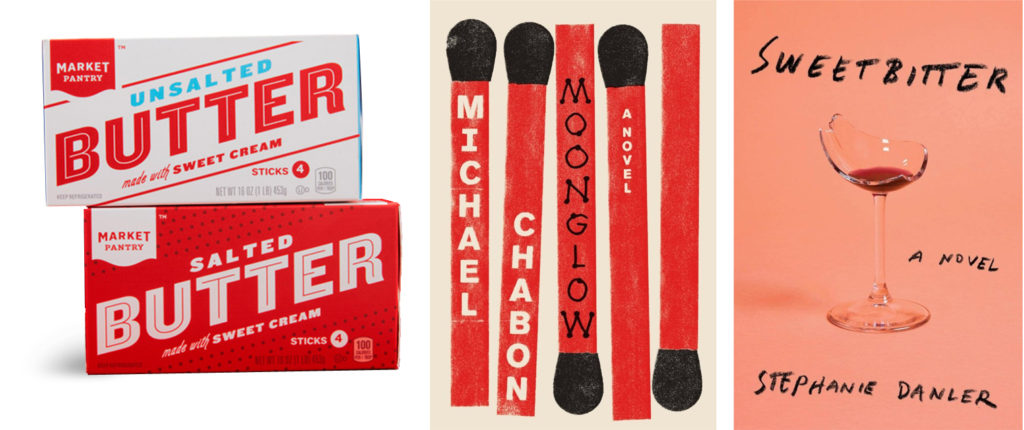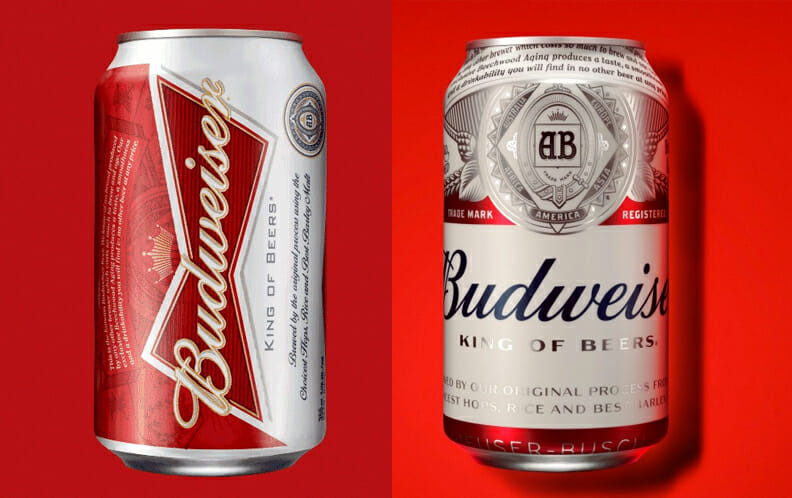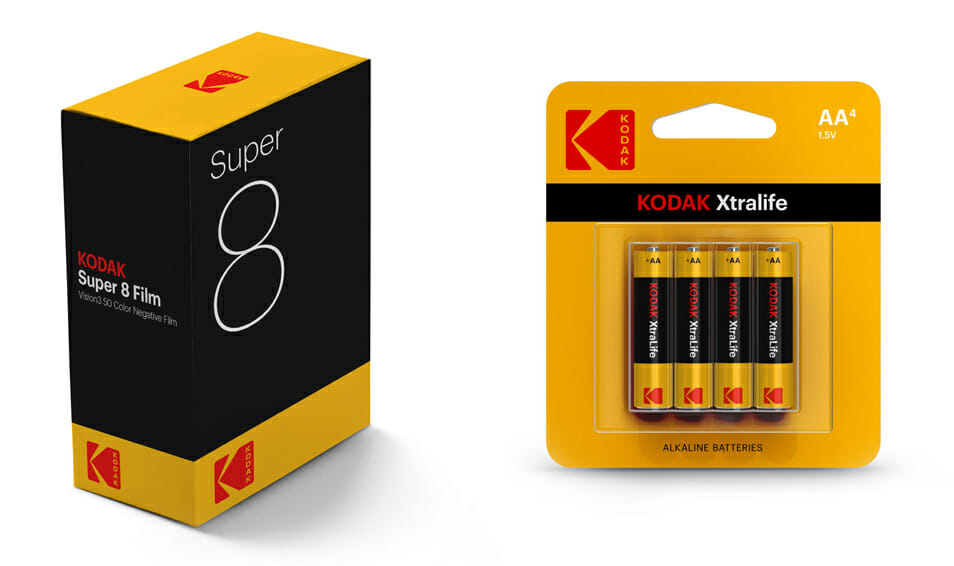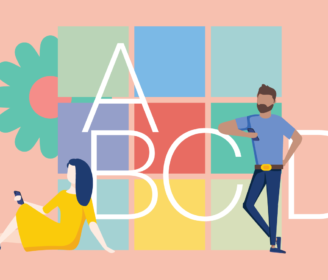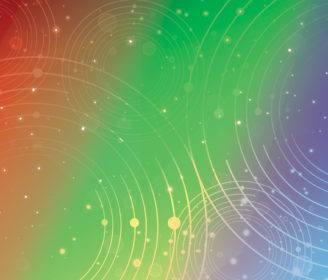B2B Branding Design: How the Millennial Aesthetic Transformed the Look of Conservative Industries
Millennials, now in positions of influence across markets, have redefined the design look and feel of B2B branding. What is the millennial aesthetic, and could it help your business connect more powerfully with today’s stakeholders? Let’s dive into understanding this fascinating design trend and what it could mean for your next B2B brand…
